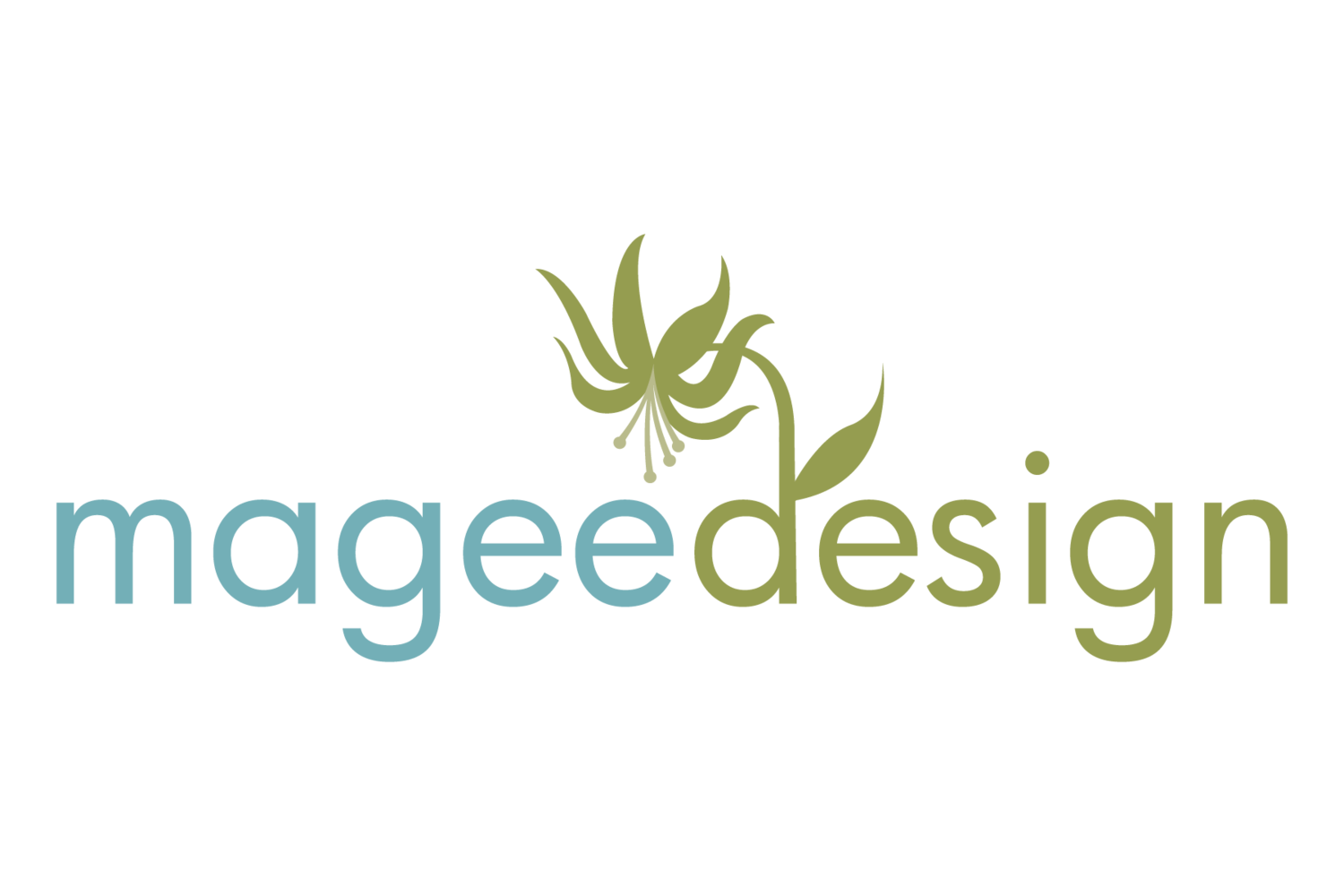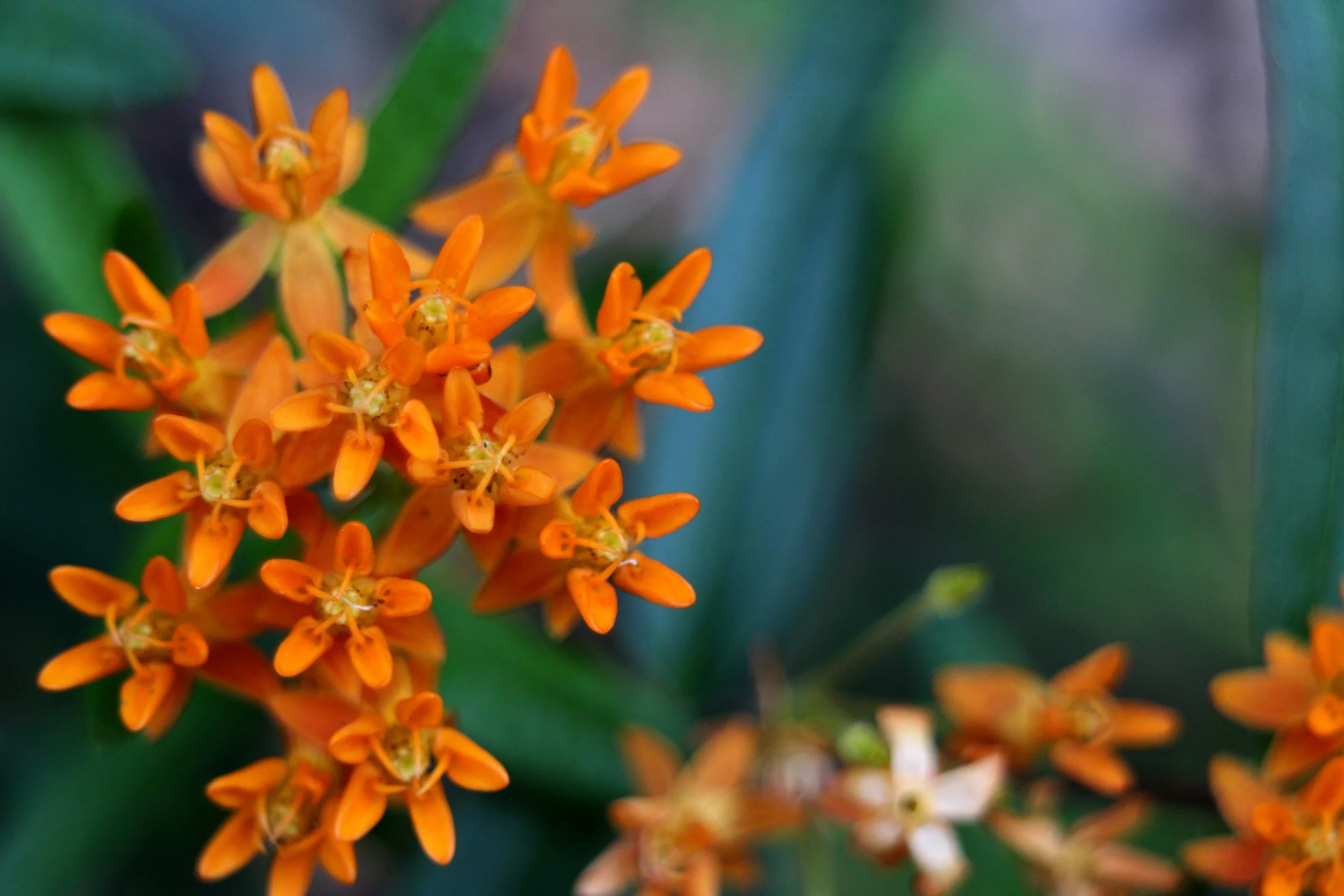Not long ago I was checking on a newly installed garden I designed - a mix of native shrubs, mountain mint (Pycnanthemum virginianum), butterfly weed (Asclepias tuberosa), and other native perennials situated along a beautiful stretch of lake in a planned community in Ashburn Village Virginia. They were growing well, in full flower, and covered with an assortment of bees, caterpillars, and other insects. “Oh thank God you’re here,” a homeowner said when she saw me. “Someone needs to get out here and spray these plants, they’re covered with bugs!” She pointed to the butterfly weed, which was indeed full of caterpillars and looking a bit battered. I explained that Asclepias is the host plant of the monarch butterfly and those caterpillars were the next generation of monarchs, which meant our garden was fulfilling its intended purpose of beautifying the community while also supporting the environment. The homeowner walked away appeased, but it made me realize that we still have a long way to go in educating the public about what a beautiful, environmentally sustainable garden should look like. It’s time to get away from the notion that a successful garden means perfect plants, free of imperfections.
More importantly, bugs aren’t bad; they’re a critical part of our food web, as University of Delaware professor and entomologist Doug Tallamy so eloquently explained in his groundbreaking book, Bringing Nature Home. Insects are an important food source for birds and other animals, and they pollinate the food crops that sustain us. So, let’s embrace the bugs - in fact, let’s welcome them into our gardens. If you’d like to hear firsthand from Dr. Tallamy about how to use native plants to support biodiversity in your own backyard, be sure to head over to the Native Plant Podcast on December 20th. If you’ve got a question for Dr. Tallamy or any of us at NPP be sure to email us, and we’ll try to answer it during the show.

